Magnolias Vase circa 1900
A multilayer deep red and yellow glass vase with acid-etched decoration and wheel-engraved
Designed with Magnolias, foliated and flowery branches,
Signed "Gallé"
Circa 1900
Émile Gallé (French, born 4 May 1846 – died 23 September 1904) is a glassmaker, ceramist and designer, known as one of the most remarkable glass artists of the 19th century. He was also a pioneer of the Art Nouveau movement. Gallé was born in Nancy, France, in the home of a manufacturer of earthenware and furniture. The creator began to learn the art of tin glaze pottery very early on.
Émile Gallé was a French glass artist working within the Art Nouveau movement. Best known for his thick glass objects etched with floral motifs, Gallé often used experimental techniques that included air bubbles and cameo in his glass work. Born on May 8, 1846, in Nancy, France, he went on to study botany and fine arts, eventually learning traditional glassmaking at his father’s factory. He achieved notable success during his lifetime, especially after the Paris Exhibition of 1878 where he received very positive reviews. Though much of Gallé’s work is held in private collections, many can be found at the Musée de l’École de Nancy. He died on September 23, 1904 in Nancy, France.
As a young man, Gallé studied drawing, philosophy, botany and later learned the art of glass at Meisenthal. He joined his father’s factory in Nancy and in 1873 he began producing beautiful pottery, jewelry and furniture from his own glass studio. In 1874, Gallé re-took his father’s factory and his first works used transparent glass decorated with enamel. He soon used opaque glass engraved with vegetal-rate patterns in different shades. Gallé received international recognition for his elaborate glassware exhibited at the Paris Universal Exhibition in 1878. This recognition recognizes him as a glass artist. During the Universal Exhibition of Paris in 1889, his glass art became emblematic of Art Nouveau. Gallé introduces innovative models such as air bubbles and metal sheets in his glass work. Soon after, he revolutionized the glass industry by creating a factory that mass-produced his art.
Gallé wrote a book on art entitled Writings for Art, which was published posthumously in 1908. In 1901, he formed the Art Nouveau movement in collaboration with Louis Majorelle, Eugène Vallin, the Daum Brothers, René Lalique, Jacques Grüber and others. His work is inspired by nature; he produces works in clear glass, laminated, enamelled, carved or etched with acid. Gallé develops different techniques to produce enamelled, engraved or cut glass. The transparency of the glass or the use of bright colors support these techniques. He also makes lamps and vases. Its high-quality work and the reasonable cost of Gallé’s works qualify the Gallé industry. He died in 1904 in Nancy, his wife took over the management of the company until 1914, when the war began. Gallé glassware, mainly made from acid etching, was produced until the plant closed in 1936.


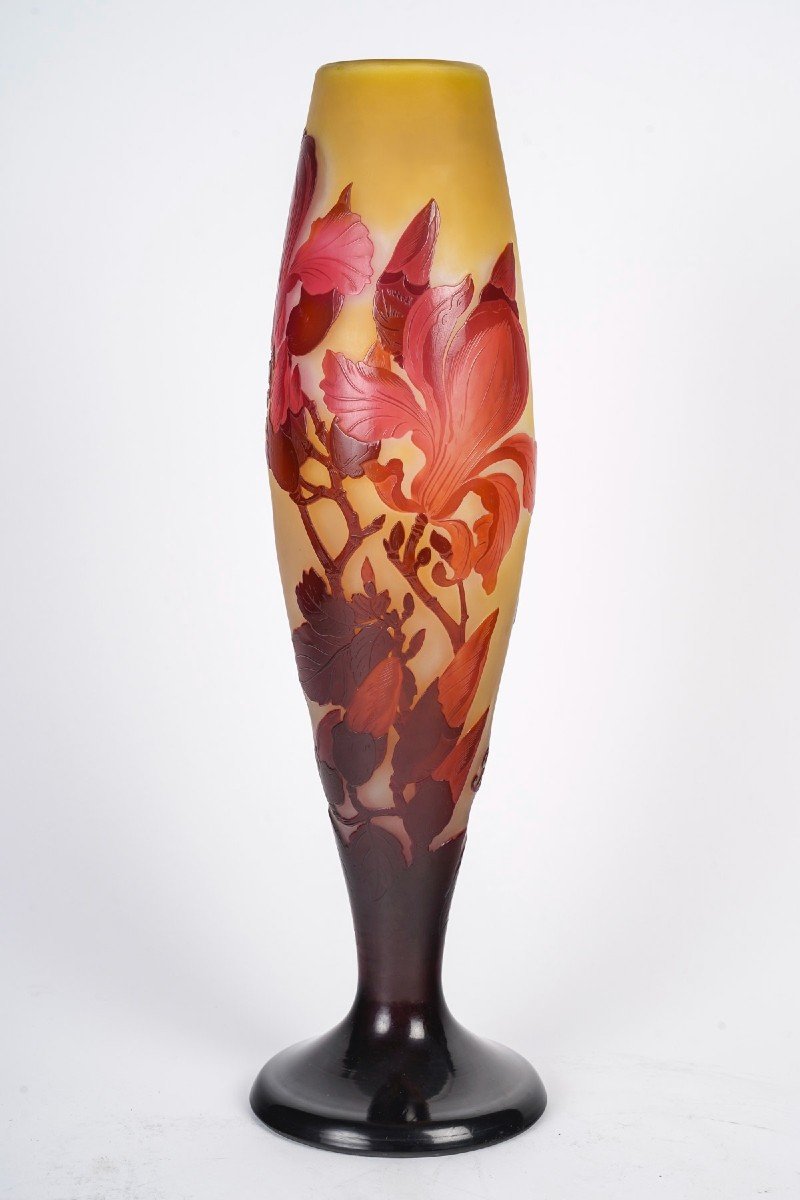

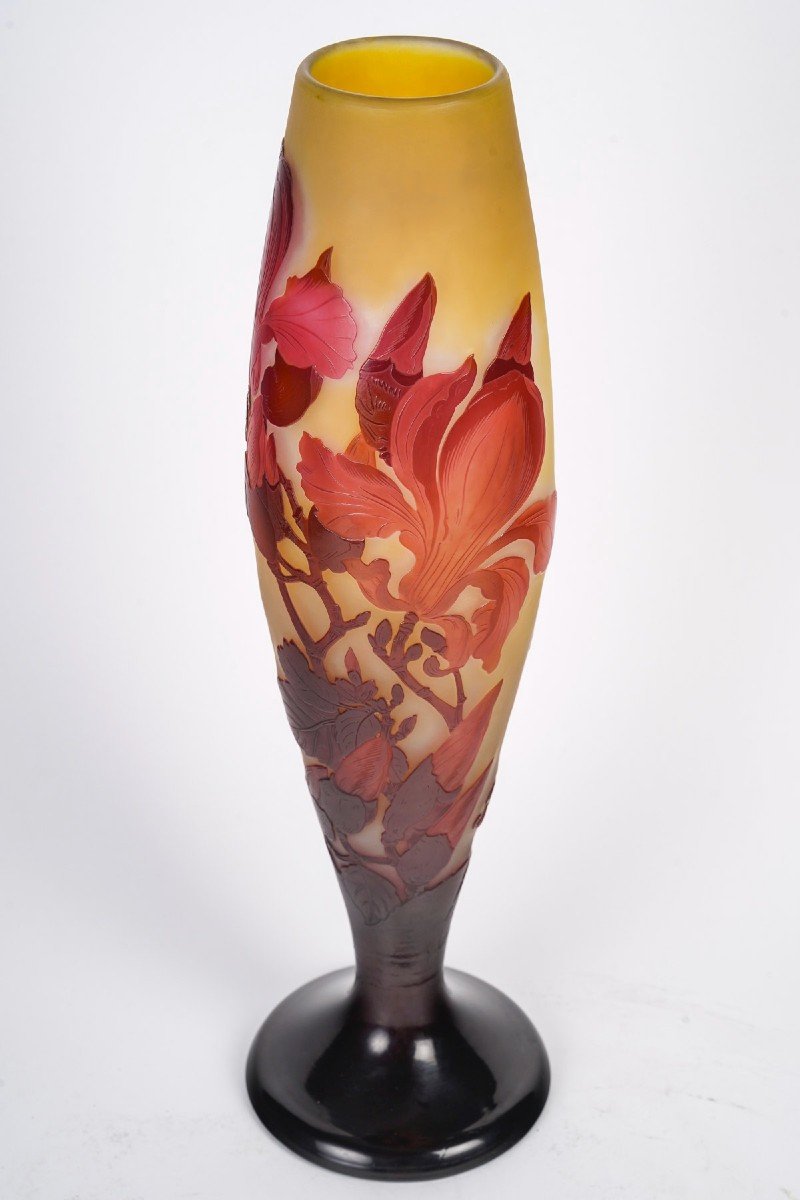











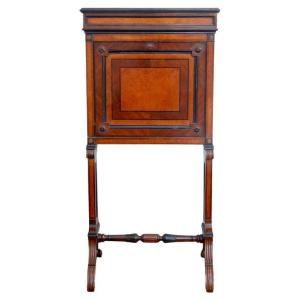



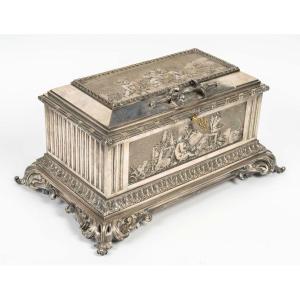








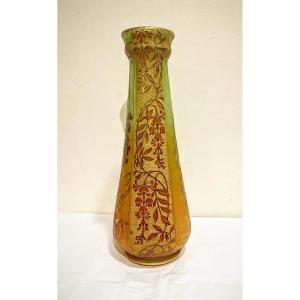



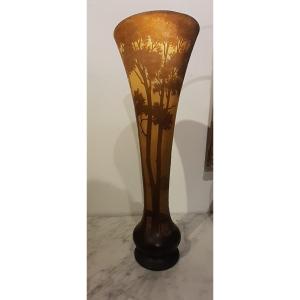



 Le Magazine de PROANTIC
Le Magazine de PROANTIC TRÉSORS Magazine
TRÉSORS Magazine Rivista Artiquariato
Rivista Artiquariato